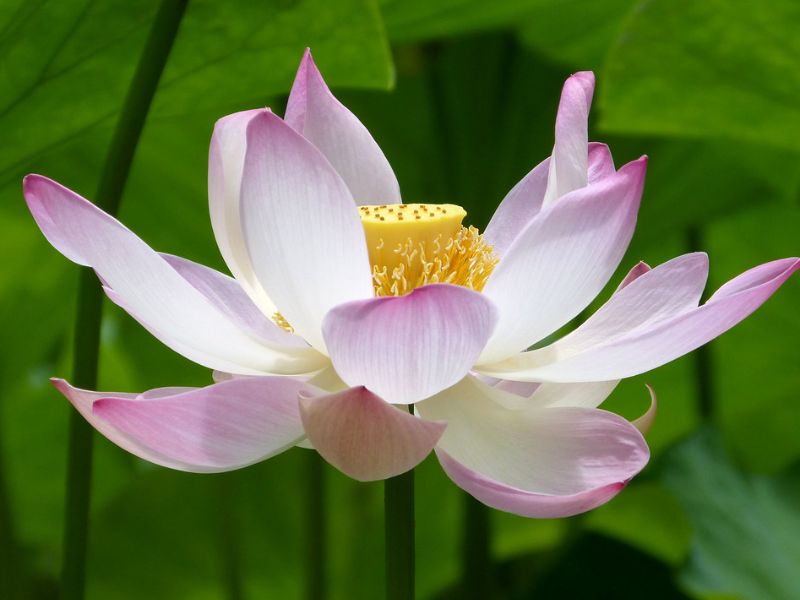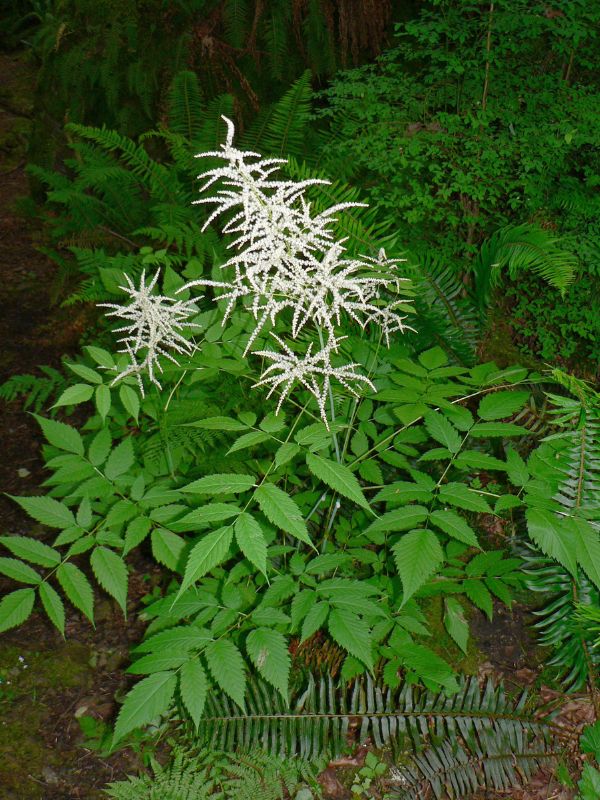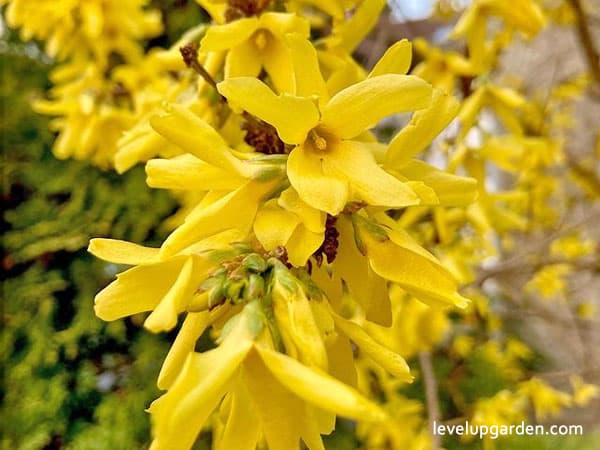The American Red Maple, also known as Acer rubrum ‘Brandywine’ is one of the most beautiful foliage trees. It is a highly desirable tree in the landscape because of its multi-seasonal habitat. Its dense green foliage provides abundant shade in the summer. In the fall, the leaves turn a stunning, intense red.
American Red Maple is a large specimen tree suitable for planting as a shade tree in most soil conditions in most parts of the United States. It is hardy, reliable, and virtually free of pests and diseases, growing up to 3 feet per year, making it a young tree to a mature tree in a short period of time. It is tolerant of urban environments, making it a good choice for street trees and suburban gardens.

Brandywine Maple is a shade tree with great color. In early spring, the small red flowers take center stage before the reddish green leaves emerge. The leaves of this maple mature to a solid green before turning a bold crimson red in the fall.
This hardy red maple is cold tolerant and adaptable. Once planted, it is drought tolerant and can tolerate moist soils. Its resistance to air pollution makes it a great street tree.
Brandywine Maple is easy to grow and requires no maintenance once established. It is a fast-growing shade tree that provides shade in the home landscape. Brandywine is a seedless variety of Red Maple. It is called a “male selection” because it does not produce seeds.
I. Plant Profile – An Overview of the American Red Maple
| Common names | Brandywine Maple Tree, American Red Maple Tree |
| Botanical Name | Acer rubrum ‘Brandywine’ |
| Family | Sapindaceae |
| Zone | 4 to 9 |
| Height | 35.00 to 50.00 feet |
| Spread | 25.00 to 40.00 feet |
| Bloom Time | March to April |
| Bloom Description | Red |
| Sun | Full sun to part shade |
| Water | Medium to wet |
| Maintenance | Low |
| Mature Height | 40-60 ft. |
| Mature Width | 25-45 ft. |
| Sunlight | Full Sun |
| Growth Rate | Fast |
II. Appearance
This noble tree can reach 100 feet, but is usually found as a specimen tree up to 50 feet tall. Eventually it reaches a size of 30 to 40 feet. The trunk is smooth gray bark when young, with a more cracked appearance in older trees. The trunk is 18 to 30 inches long.
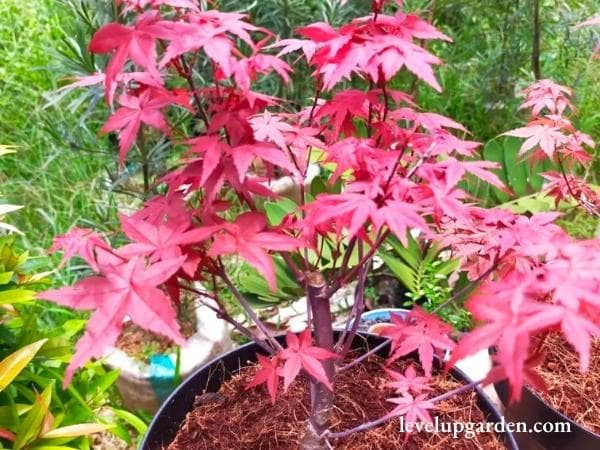
The leaves are typical maple lobes, but unlike other maples, they are smoother in outline and have only three lobes at the tip. In spring, small red flowers give the twigs a deep red glow, making it one of the first flowering trees to announce the arrival of spring. Its most striking feature, and the reason why this tree is so well suited for gardens, is that its fiery red leaves light up the garden each fall as the cooler days arrive.
III. Growing and Care Conditions
With its stunning, vibrant fall foliage, this is a tree that everyone can be proud to grow. When young, American Red Maple grows quickly, 3 feet per year, so you can quickly have a 20-foot specimen tree in your yard.
Once mature, the growth rate slows and most trees eventually reach about 15 meters. American Red Maple is much more hardy than other maples and many other shade trees.
Planting
American Red will tolerate moist soils, but well-drained soils are preferred. When you are ready to plant, choose a location that gets plenty of sun, 4 to 8 hours per day. Next, dig a hole that is two to three times the width of the tree’s roots and the same depth.

Allow enough space to plant the American Red Maple specimen tree. Plant the new tree at least 3 meters from the house and ten feet from the driveway or road. If planting as a screen or windbreak, leave 10 to 15 feet between trees.
Place the tree in a flowerpot, so that the top of the rootball is flush with the ground. Next, fill the hole with a small amount of soil so that the tree stands upright and is well watered. Once the water has been absorbed by the rootball and surrounding soil, fill the planting hole with the remaining soil. Pack it in tightly and water a second time. Mulch to retain soil moisture and keep competing organisms away from the planting site.
Light
Brandywine Maple can be grown in full sun to full shade. Spring and fall are the best times to plant Brandywine Maple. However, this shade tree can be planted any time of the year as long as extreme high temperatures are avoided.
Watering
During the growing season, the tree needs to be watered once a week. Even as a mature tree, it requires adequate watering during the summer months. If the leaves are light green, they are overwatered. if the leaves are drooping, they may be both over-watered and under-watered, so water them correctly.
Fertilizer
Use only slow-release fertilizer tablets during the first growing season; a 10-10-10 fertilizer is recommended, and a 10-10-10 fertilizer is recommended for the first few weeks of growth. Apply fertilizer twice a month before the American Red Maple goes dormant and once a month during the summer. Discontinue before the tree returns to dormancy.
Soil Requirements
The American Red Maple Tree is adaptable to most soils, but will grow faster with water and fertilizer for the first few years. After that, it will grow on its own.
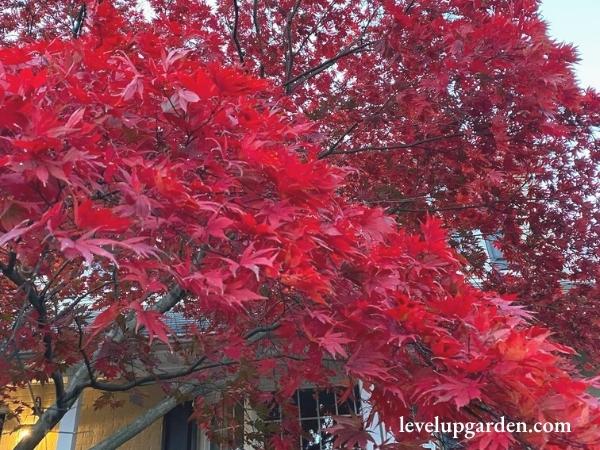
Temperature
It can survive in both dry and wet areas, from dry ridges to swamps. It can also grow in mountainous areas, wetlands, and along mountain streams.
Pruning
Maples produce sap when branches are cut, so pruning is best done when the leaves are fully mature. At this time of year, the amount of sap is also reduced. Remove all dead or dying branches. This should be done before you start cutting the living branches, so you have a good idea of what condition your tree is in and how many living branches need to be cut.
Look for large branches that are growing at a narrow angle to the main trunk, rubbing against other branches, or growing inward and crossing other branches. Remember to remove large branches.
Pollination
American Red Maple is one of the first trees to flower each year. Trees can be either male or female. The male trees are easily distinguished by their yellowish pink flowers. However, female trees have dark pink flowers.
Once the flowers bloom, they last for one to two weeks. During this time, a variety of bees, small wasps, and flies come to the flowers. Pollinators and the wind carry pollen from tree to tree. The fertilized trees produce helicopter-like seeds that fall to the ground.
Pests and Diseases
Aphids, borers, and beetles can be a problem. Neem oil is sufficient to kill the insects. Fungal infections such as cankers, anthracnose, tar spot, and leaf spot are common on American Red Maple. Application of a fungicide such as Bonide’s Copper Fungicide is effective. Verticillium wilt is also a known enemy, but unfortunately there is no cure. Preventing disease is the first line of defense to avoid problems.
American Red Maple is toxic only to horses. Ingestion of the leaves and branches will oxidize hemoglobin.
IV. Uses
Brandywine Maple adds beauty and color to the home landscape. This magnificent red maple is ideal as a shade tree or a street tree. As a mature tree it can grow 35 to 50 feet tall and 20 to 30 feet wide, so make sure you have plenty of space in your yard before planting.
Ideal for lawn, street, highway, and park plantings, and as a shade tree in residential areas. This tree makes a perfect shade tree with a spreading canopy and attractive foliage. The deep red foliage in the fall makes it an ideal choice for special shade in the garden or as a beautiful screen or windbreak on larger properties.
V. Why should you buy this plant
Vibrant color and rich red are synonymous with American Red Maple. With its red flowers in early spring, red twigs on new shoots, and stunning fall foliage, Red Maple truly lives up to its name. The fall foliage is even more diverse in its beauty, turning orange or gold, depending on the weather.

In addition, American Red Maple adapts well to any environment. American Red Maple is one of the most widely planted trees in the eastern United States because of its adaptability to a variety of environments. It is drought tolerant, but can also grow in wet swampy areas, especially in the South.
The super-strong maple will grow in almost any soil type, from sandy loam to heavy clay. It can also tolerate pollution and urban environments, although its foliage color can be affected by less favorable environments.
The garden needs a suitable shade tree that will grow with the family and outlive us all. Native trees that adapt to the climate and are largely free of disease are best. American Red Maple is an excellent choice among native tree species because it is hardier and more tolerant of urban environments than trees such as Sugar Maple. It can grow in almost any type of soil, from rich, moist soils to thin, dry soils.
American Red Maple typically grows to 40-60 feet tall and 25-35 feet wide. Picture yourself sipping a cool iced tea in the summer under the large shade created by this eye-catching maple. The American Red Maple is not only known for its fiery scarlet fall and delicate crimson spring flowers, but its petiole, fruit, twigs, and seeds all display varying shades of red. This superstar is serious about showing its true colors.
This beautiful tree, to a lesser degree than other maples, can take root in the ground and is happiest living quite a distance from sidewalks, driveways, roads, and other structures. With an American Red Maple in your yard, your home will be the centerpiece of your neighborhood.
VI. FAQs
Where do American Red Maple trees grow best?
American Red Maple trees do well in full sun and shade, dry and moist soils, and at higher and lower elevations. Red Maple’s roots are adaptable and can handle a variety of soils. When placed in moist soils, the tree develops short main roots and extensive lateral roots that soak up surface water.
Is American Red Maple suitable as a garden tree?
The American Red Maple is a good tree for the garden. A mature tree can be up to 30 feet wide and 60 feet tall, making it a good size for a shade tree. Allow enough space for it to grow.
